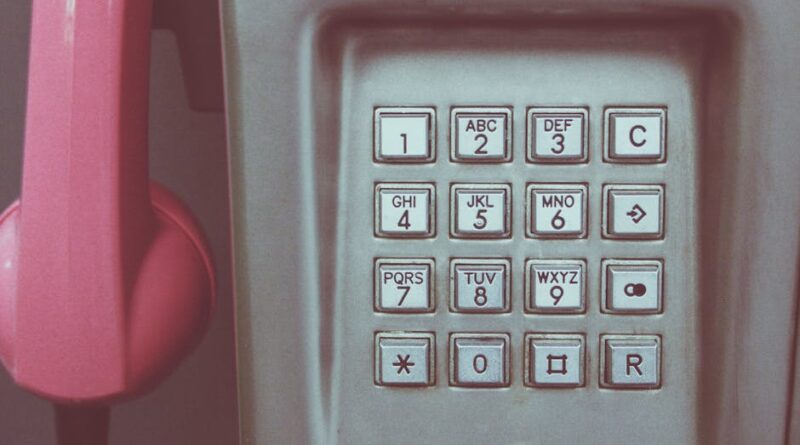The History of Telecommunication Devices
Communication has always been a fundamental aspect of human interaction, allowing people to connect, share ideas, and convey information over vast distances. While modern technology has revolutionized the way we communicate, the roots of telecommunication devices can be traced back to ancient times. In this article, we will delve into the captivating history of telecommunication devices, exploring how these tools have evolved over the centuries to shape the world we live in today.
Early Forms of Communication
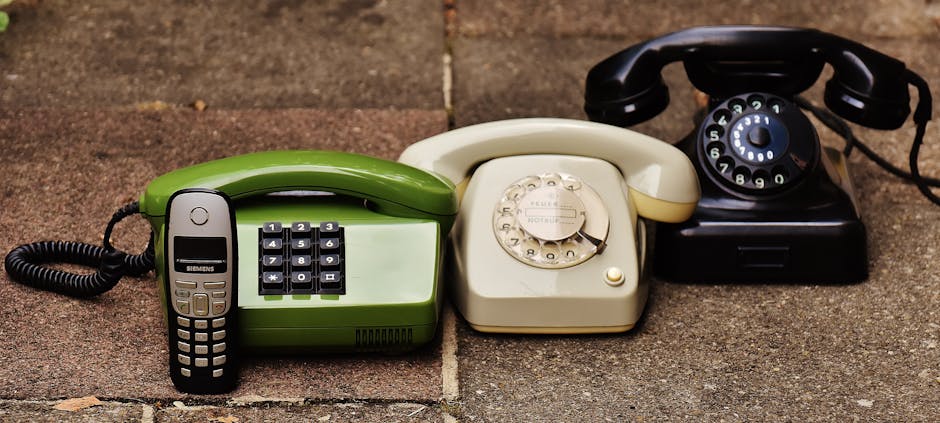
Communication has been an essential part of human existence since the dawn of civilization. In ancient times, people relied on various methods to convey messages over long distances, such as smoke signals, drums, and carrier pigeons. These early forms of communication laid the foundation for the development of more sophisticated telecommunication devices.
One of the earliest known telecommunication devices is the optical telegraph, which was used by ancient civilizations like the Greeks and Romans to send messages using visual signals. This system involved towers with movable arms or shutters that could be positioned to convey different messages depending on their arrangement. While primitive compared to modern telecommunication devices, the optical telegraph was a significant advancement in long-distance communication.
The Telegraph and Morse Code
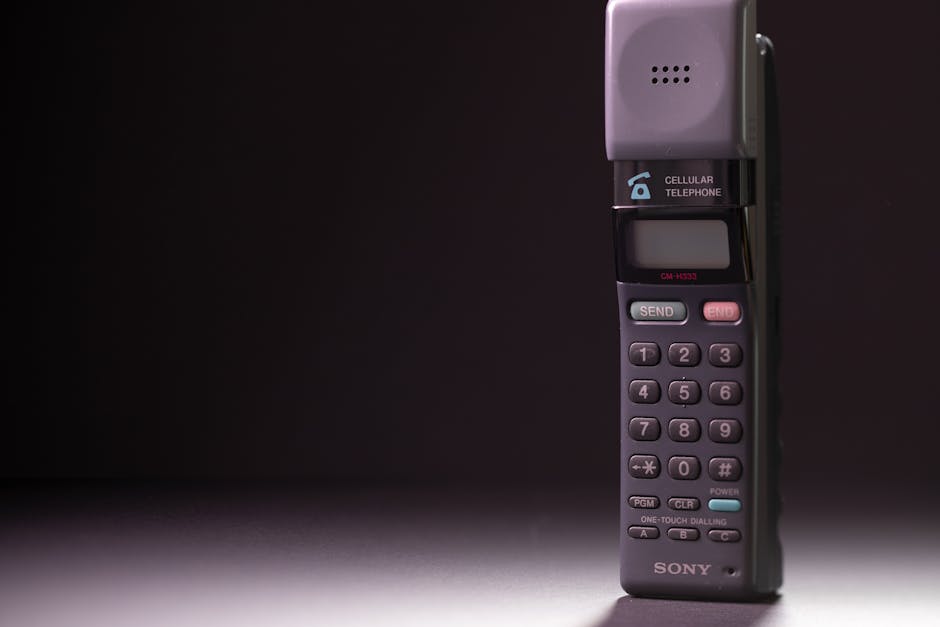
The invention of the electric telegraph in the early 19th century revolutionized long-distance communication, allowing messages to be transmitted almost instantaneously across vast distances. The telegraph consisted of a system of electrical wires connected to telegraph stations, where operators could send and receive messages using Morse code.
Morse code, developed by Samuel Morse and Alfred Vail in the 1830s, was a system of dots and dashes representing letters and numbers. By tapping these sequences out on a telegraph key, operators could encode and decode messages with remarkable speed and accuracy. The telegraph and Morse code paved the way for the rapid expansion of long-distance communication networks, connecting cities, countries, and continents in ways previously unimaginable.
The Telephone and Alexander Graham Bell
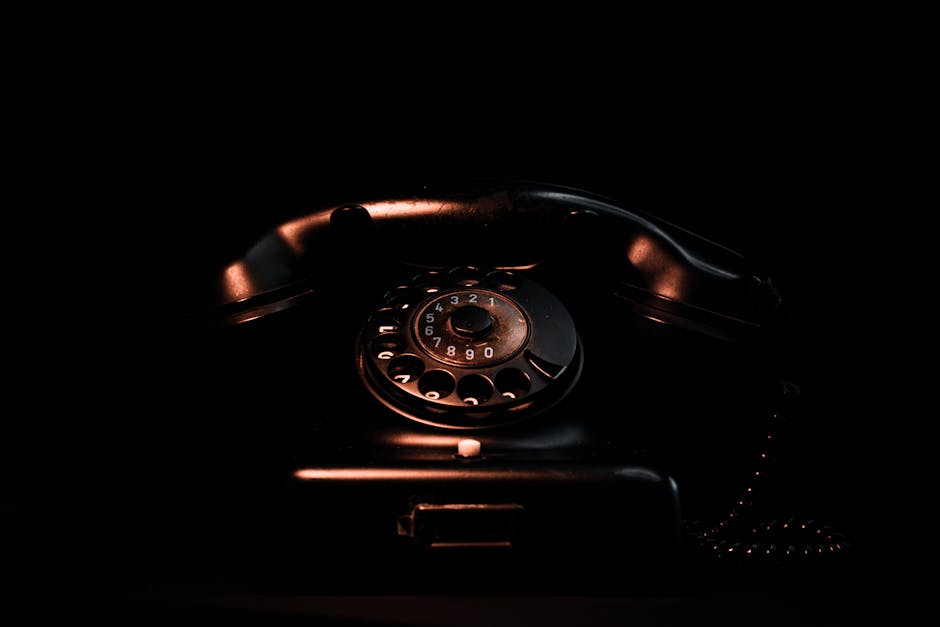
While the telegraph was a groundbreaking invention, it was limited to transmitting text-based messages. The development of the telephone in the late 19th century by Alexander Graham Bell and his collaborators marked a significant leap forward in communication technology. The telephone allowed people to speak to each other in real time, transforming the way we connect and interact with one another.
On March 10, 1876, Alexander Graham Bell made history by transmitting the first successful telephone call to his assistant, Thomas Watson, with the famous words, “Mr. Watson, come here, I want to see you.” This pivotal moment ushered in a new era of communication, where voices could be heard instantaneously across great distances.
Radio and Wireless Communication
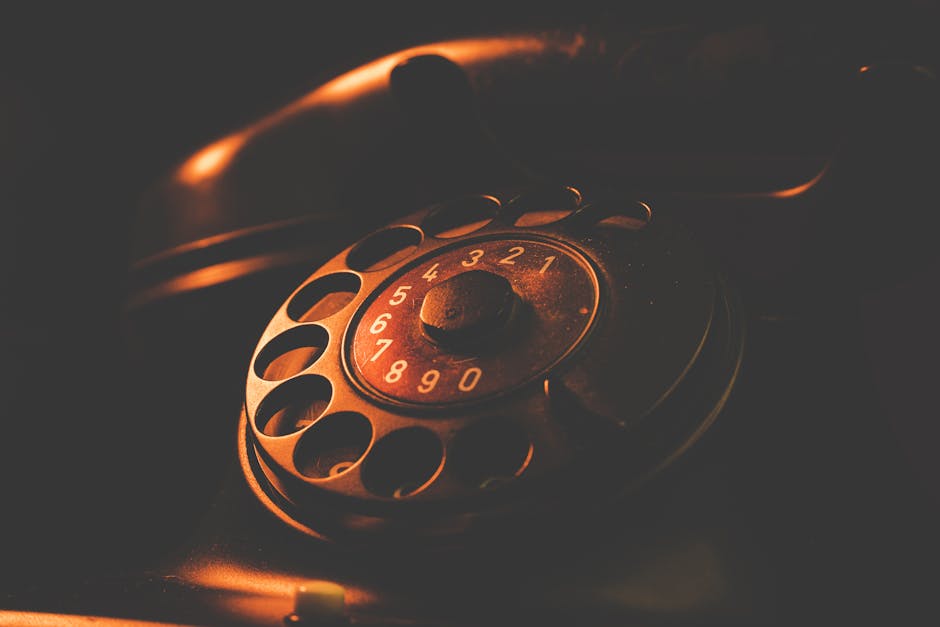
The invention of radio in the late 19th and early 20th centuries further revolutionized telecommunication devices, enabling wireless transmission of audio signals over long distances. Pioneers like Guglielmo Marconi played a crucial role in the development of radio technology, which eventually led to the establishment of broadcasting stations and the emergence of the radio as a popular medium for entertainment and news dissemination.
Radio waves, a form of electromagnetic radiation, allowed for the transmission of signals through the air without the need for physical wires. This breakthrough in wireless communication laid the groundwork for future advancements in telecommunication technology, including the development of television, satellites, and cellular networks.
Television and Mass Communication
The invention of television in the early 20th century transformed the way we receive information and entertainment, bringing visual images and sound into people’s homes like never before. Television broadcasts allowed for the simultaneous transmission of audio and video signals, creating a powerful medium for mass communication and cultural dissemination.
From the first black-and-white broadcasts to the high-definition digital televisions of today, the evolution of television technology has been nothing short of remarkable. Television sets have become ubiquitous in households around the world, serving as a window to the world and a source of news, entertainment, and education for billions of people.
The Internet and Digital Revolution
The advent of the internet in the late 20th century revolutionized telecommunication devices once again, ushering in the digital age and transforming the way we communicate, work, and live. The internet enabled the rapid exchange of information and data on a global scale, connecting people from all corners of the world in real time.
From email and instant messaging to social media and video conferencing, the internet has created new avenues for communication and collaboration, breaking down barriers of time and space. The rise of smartphones and mobile devices has further accelerated the digital revolution, putting the power of communication in the palm of our hands.
Future Trends and Innovations
As technology continues to advance at a rapid pace, the future of telecommunication devices holds exciting possibilities and challenges. Emerging technologies like 5G networks, artificial intelligence, and virtual reality are poised to reshape the way we communicate and interact with the world around us.
The Internet of Things (IoT) is another transformative trend in telecommunication devices, where everyday objects are connected to the internet, enabling them to communicate and share data autonomously. Smart devices, wearable technology, and connected appliances are just a few examples of how the IoT is revolutionizing our lives and shaping the future of communication.
Conclusion: Shaping the Future of Communication
From ancient smoke signals to modern smartphones, the history of telecommunication devices is a testament to humanity’s ingenuity and creativity in overcoming barriers of distance and time. As we look back on the evolution of communication technology, we are reminded of the power of innovation to connect us in ways that were once unimaginable.
As we navigate the digital age and embrace the challenges and opportunities of the future, it is essential to remember the rich history of telecommunication devices that has brought us to where we are today. By understanding the past, we can better appreciate the present and shape a future where communication knows no bounds.
To wrap things up, the history of telecommunication devices is a fascinating journey of human discovery and progress, highlighting our relentless quest to connect, communicate, and collaborate across time and space. As we continue to push the boundaries of technology and innovation, let us remember the pioneers and visionaries who paved the way for the incredible telecommunication devices we rely on today.

